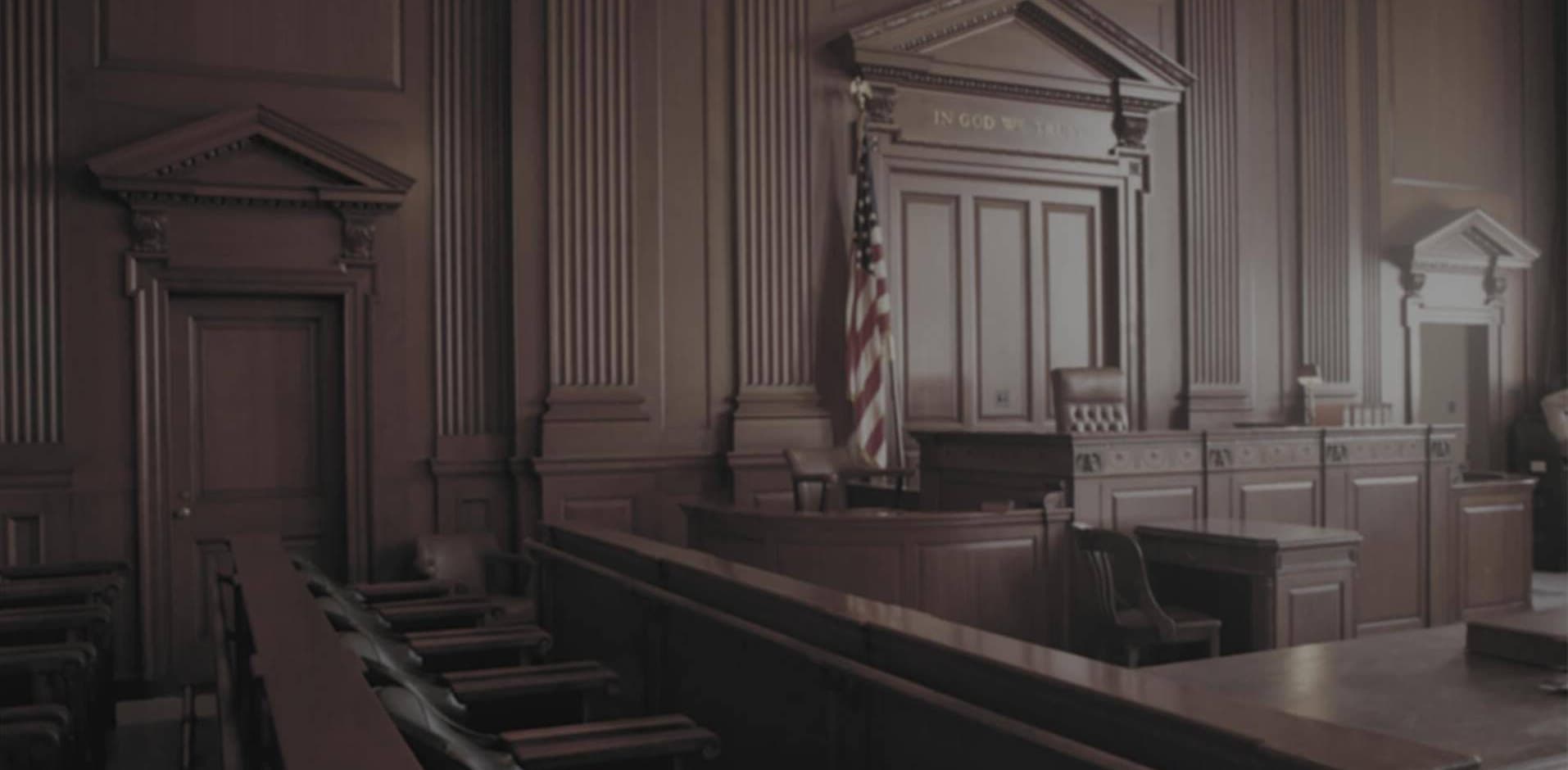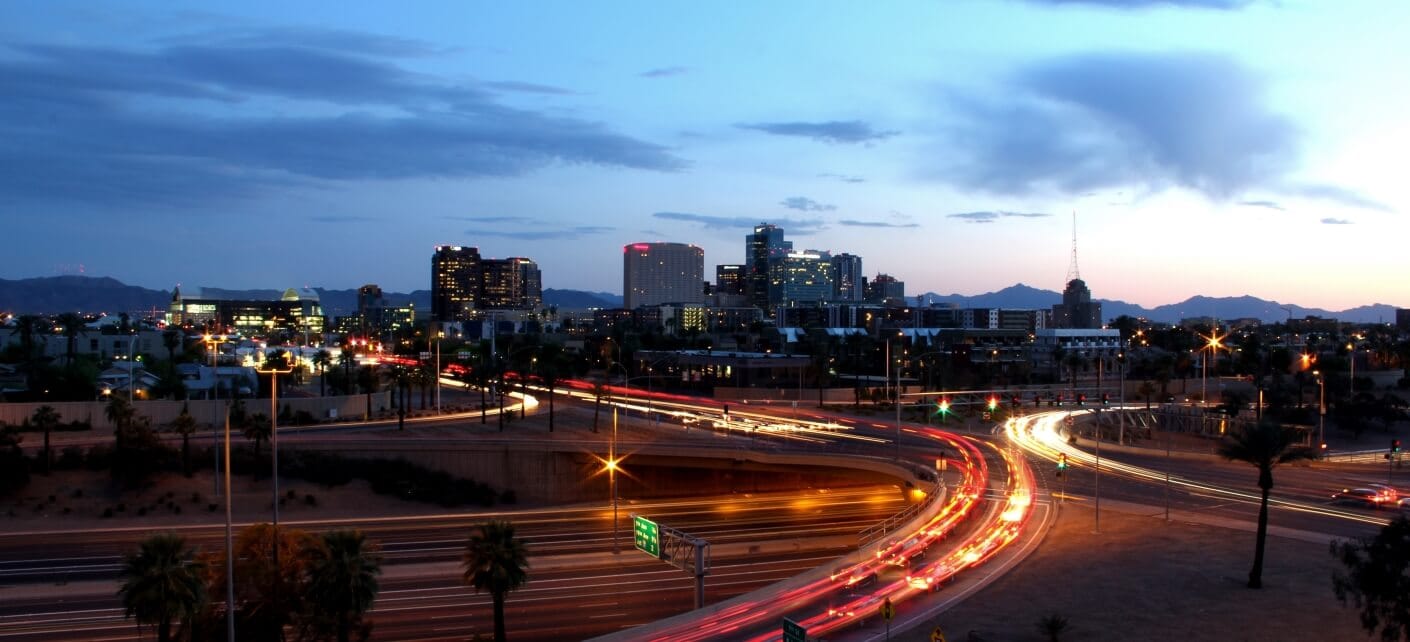Running a red light or stop sign is a serious traffic violation that can have significant consequences in Arizona. These traffic violations are especially popular when police officers have to meet their monthly ticketing quotas. Understanding the penalties and rules of these offenses is crucial for all drivers.
In this article, we will delve into the penalties for running a red light ticket and/or a stop sign, as well as tips to avoid these violations. We will address questions such as the fine for running a red light, whether you turn right or left on red, and the meaning and duration of yellow lights. Additionally, we will provide information on Arizona red light camera locations to ensure road safety and avoid unnecessary legal issues.
Understanding Traffic-Control Devices
Traffic control devices like stop signs and traffic lights are necessary for regulating traffic flow at intersections and crossings in Arizona. These devices serve as important visual cues for drivers, indicating when they must come to a complete stop.
Traffic lights are installed at intersections without a limit line, but drivers must still be careful. On the other hand, stop signs are frequently placed at intersections where drivers stop their vehicles at the designated “limit line.”
How Much is a Red Light Ticket in Arizona?
Running a red light in Arizona or a stop sign is a violation that carries significant penalties in Arizona. Offenders can face fines and accrue points on their driver’s licenses. Currently, the stop sign or red light ticket cost is approximately $250, and it results in the addition of 2 points to the driver’s license.
Furthermore, if you’re facing a running red light ticket, not only are you required to pay the fine, and adding 2 points to your license, but you will be required to complete Traffic Survival School, which can only be done once every two years, and if it is not completed, or unable to be completed, that failure to complete it will lead to a suspension of your license or privilege to drive. It’s important to note that the total amount of the fines may vary depending on the jurisdiction within Arizona. Therefore, it is advisable to consult with a traffic attorney to know the accurate and latest information regarding penalties in your area.
It’s critical that you practice safe driving habits if you want to avoid a red light violation in Arizona. Always keep an eye out for traffic signs, including red lights, and stop completely when necessary.
Need legal assistance for a red light violation in Phoenix, AZ? Contact Attorney Brian D. Sloan for expert guidance and representation.
Can You Turn Right on Red in Arizona?
The state of Arizona allows drivers to make a turn on a red light in some situations. Usually, if there is no sign prohibiting it, turning right at a red light is safe, after coming to a complete stop, and only if turning into the closest lane practicable. This rule not only improves traffic flow but also enhances convenience for drivers.
However, exercising caution and adhering to the necessary precautions is crucial when executing a right turn at a red light. Safety should always be the primary consideration, and drivers must ensure that it is safe to proceed before making the turn.
Before initiating a right turn at a red light, yielding to pedestrians and oncoming traffic is essential. Drivers must be patient and let pedestrians cross the street safely because they have the right of way. Additionally, it is crucial to check for potential hazards or approaching vehicles from other directions, especially if there are multiple lanes or complex intersections.
Can You Turn Left on Red in Arizona?
The state of Arizona also allows left turns on a red light, given that both the origin and destination streets are one-way. Moreover, it’s essential for drivers in Arizona to understand the circumstances under which a left turn on red is permitted.
When considering a left turn at a red light, drivers must exercise caution and prioritize safety. They should yield to oncoming traffic and ensure there are no approaching vehicles that may pose a hazard. Careful driving observation of the traffic flow on the intersecting road and the road to be turned onto is vital to making a decision.
Arizona law also requires that any turn made into the closest lane practicable, which in my situations would be the closest lane, unless that lane is blocked by another vehicle or debris.
How Long Do Yellow Lights Last?
In the state of Arizona, it is not illegal to deliberately drive through a yellow light. The law is not broken as long as the vehicle crosses the intersection or the limit line before the light turns red. However, it is essential to understand the significance of yellow lights and exercise caution when encountering them.
According to A.R.S. § 28-643, the duration of yellow lights in Arizona must be at least three seconds. A yellow light’s purpose is to warn drivers that the signal is about to transition from green to red. It allows drivers time to safely stop before the light changes.
Meaning of Yellow Traffic Light
A yellow traffic light serves as a transitional signal between green and red lights and holds a specific meaning for drivers. When the yellow light is illuminated, it indicates that the green light is about to change to red. This signal warns drivers to prepare for the upcoming change in traffic conditions.
The yellow light serves as a cautionary signal, urging drivers to make a decision. It signals drivers to either safely stop before the light turns red or, if it is unsafe to stop abruptly, proceed with caution through the intersection. Drivers need to exercise good judgment and consider factors such as their speed, proximity to the intersection, and the behavior of other vehicles when encountering it.
Arizona Red Light Camera Locations
Red light cameras are strategically placed at intersections throughout Arizona, including in Phoenix, to enhance traffic safety and enforce adherence to the traffic and Arizona red light laws. These cameras are typically positioned at intersections with high traffic volume or a history of red light violations.
While the specific locations of red light cameras may vary, their deployment aims to target areas where red light infractions pose a significant risk to motorists and pedestrians.
The purpose of these cameras is to capture photographic evidence of vehicles that run red lights. When a vehicle enters an intersection after the light turns red, the camera captures images or footage that can be used for law enforcement purposes. Red light cameras act as a deterrent, reminding drivers to comply with traffic signals and reducing the occurrence of red light violations.
Below are the locations of red light cameras in Phoenix and surrounding areas within Arizona:
- 35th Avenue & Cactus Road
- 35th Avenue & Glendale Avenue
- 16th Street & Jefferson Street
- Tatum Boulevard & Thunderbird Road
- 67th Avenue & McDowell Road
- Central Avenue & McDowell Road
- 53rd Avenue & Indian School Road
- 50th Street & Ray Road
- 7th Street & Bell Road
- 12th Street & Camelback Road
- 35th Avenue & McDowell Road
- 24th Street & Thomas Road
To obtain accurate information about the specific locations of red light cameras, it is recommended to consult local traffic authorities or visit the official websites of transportation departments. These sources typically provide comprehensive and up-to-date information regarding the installation sites of red light cameras in Arizona.
Possible Defenses in Running Red Lights and Stop Signs in Arizona
When facing charges for running red lights or stop signs, there are defenses to challenge the allegations and potentially mitigate red light violation ticket costs. These defenses aim to establish reasonable doubt or present extenuating circumstances that may justify the driver’s actions. It is important to note that these defenses’ success depends on each case’s specific circumstances.
Challenging the Officer’s View
One common defense is claiming that the officer did not clearly see the car coming to a complete stop. If the officer was parked further away from the intersection and unable to see the stop sign and limit line, they may still charge the driver.
Most drivers usually stop a little behind the stop line, and the officer may not be able to see them when they are required to stop. In this case, you must find out where the officer parked. Taking pictures of the location is a good idea to show that the officer had a limited view.
Claiming Limited Visibility
Another defense that is commonly used is that the driver did not see the red light. Various factors can contribute to this, such as the light being obstructed from view by trees, weather conditions impairing visibility, or other reasons hindering the driver’s ability to notice the signal on time. Maybe the driver saw the light, but it was too late to stop.
Similarly, if the crosswalk has not been painted in a long time and goes unnoticed, that can also cause problems. In such cases, it is advised to get photographic evidence to prove why the driver could not see the red light or the stop sign and drove through.
Unfamiliarity with Recent Traffic Signal Changes
Another potential defense strategy is arguing that the traffic light was recently installed. Drivers who regularly pass through a particular intersection often become accustomed to the traffic signals present there.
If a light or stop line was recently added or modified, drivers may not have been adequately informed or aware of the changes. In other instances, some are charged with a violation if they stop in front of the stop line instead of behind it.
Ultimately, the decision to charge the driver with a traffic offense or find them innocent rests with the judge, who evaluates the presented defenses along with the circumstances of each case. Building a defense strategy that includes gathering evidence, consulting with a legal professional specializing in traffic violations, and presenting compelling arguments is crucial for increasing the likelihood of a favorable outcome.
Conclusion
Understanding the consequences of traffic violations is crucial for all Arizona drivers, particularly those facing DUI charges. As a reputable DUI defense attorney in Phoenix, Attorney Brian D. Sloan acknowledges the importance of safe driving habits and the potential legal implications of traffic infractions.
While our primary focus remains on DUI defense, we are committed to offering comprehensive legal guidance to our clients. By addressing topics such as running a red light or stop sign, we aim to increase awareness of traffic laws and promote responsible driving practices.
Contact the Law Offices of Brian D. Sloan at 480-900-0384 or 602-900-0384 for a Free Initial Consultation.










